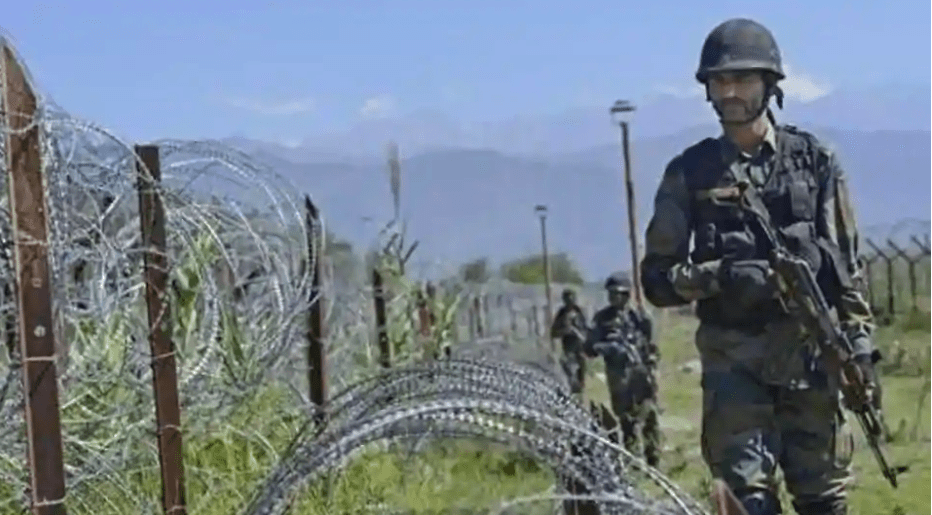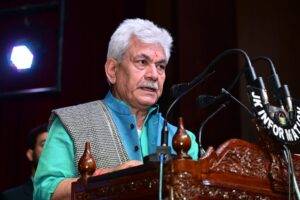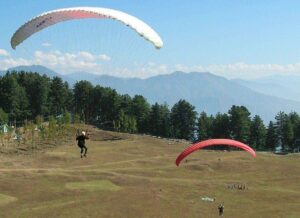Last Updated on December 21, 2020 at 7:06 pm
On 22 November, Border Security Force (BSF) personnel located and unearthed a 150-metre-long tunnel along the International Border in Samba district, which was used by 4 Jaish-e-Mohammed terrorists from Pakistan. These terrorists were killed and huge quantities of arms and ammunition were found including AK-47 rifles, pistols, grenades, etc.

This tunnel was almost 30 metres deep, 2.5 metres wide. It was alleged that engineers of Pakistan Army, working for the ISI made this tunnel.
Enemy uses tunnelling for two purposes: for infiltration and smuggling of narcotics and other contraband like fake Indian currency and explosives. There is a requirement of reviewing the ground situation and upgrading the security apparatus to make the security scenario failproof and foolproof.
The year 2017 was an important year for border management as a pilot project, Comprehensive Integrated Border Management System (CIBMS), was launched to give a befitting response to infiltration attempts through tunnells. Two prominent companies were tasked with the responsibility to guard border with the latest and futuristic technologies like satellite imagery, drone technology etc to capture real-time data with smart positioning of sensors that will alert troops in case of unauthorised intrusions.
India has made rapid progress in this sector. RISAT-2B, also known as the “spy” satellite, was launched in May 2019 from Sriharikota. This is the advanced version of RISAT-2 which was launched after the 26/11 Mumbai terror attacks. This satellite is expected to be a gamechanger as it is capable of providing high-resolution radar imaging and will help the armed forces in detecting infiltration along international borders.
Ministry of Home Affairs and ISRO have tied up to prepare sharp and accurate satellite maps of all vulnerable border areas. This technology, like every other innovation, will require constant up-gradation and innovation to make the vulnerable areas optically visible, so that ground movements are clearly visible even when there are harsh weather conditions.
Experts believe that the use of thermal imaging, seismic and geological tools, selective use of drone technology, application of sensors can be used to decrease the number of tunnelling operations from the enemy. On ground surveillance by CCTV with night vision and vigil by personnel will always prove to be useful.



